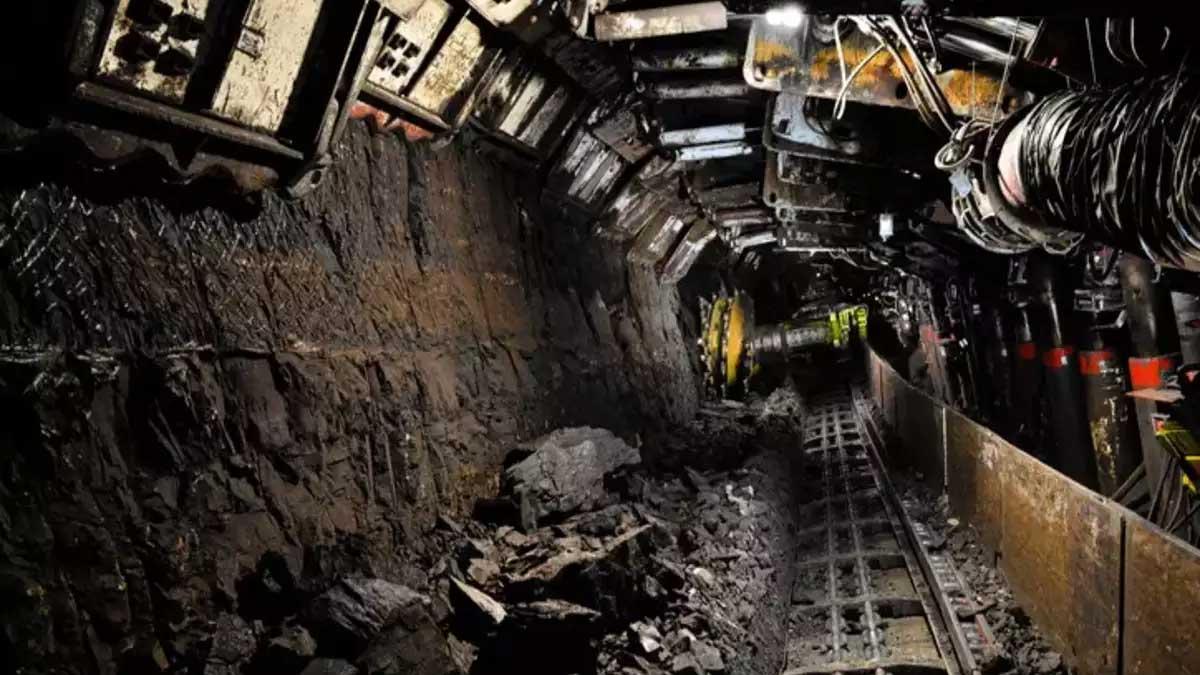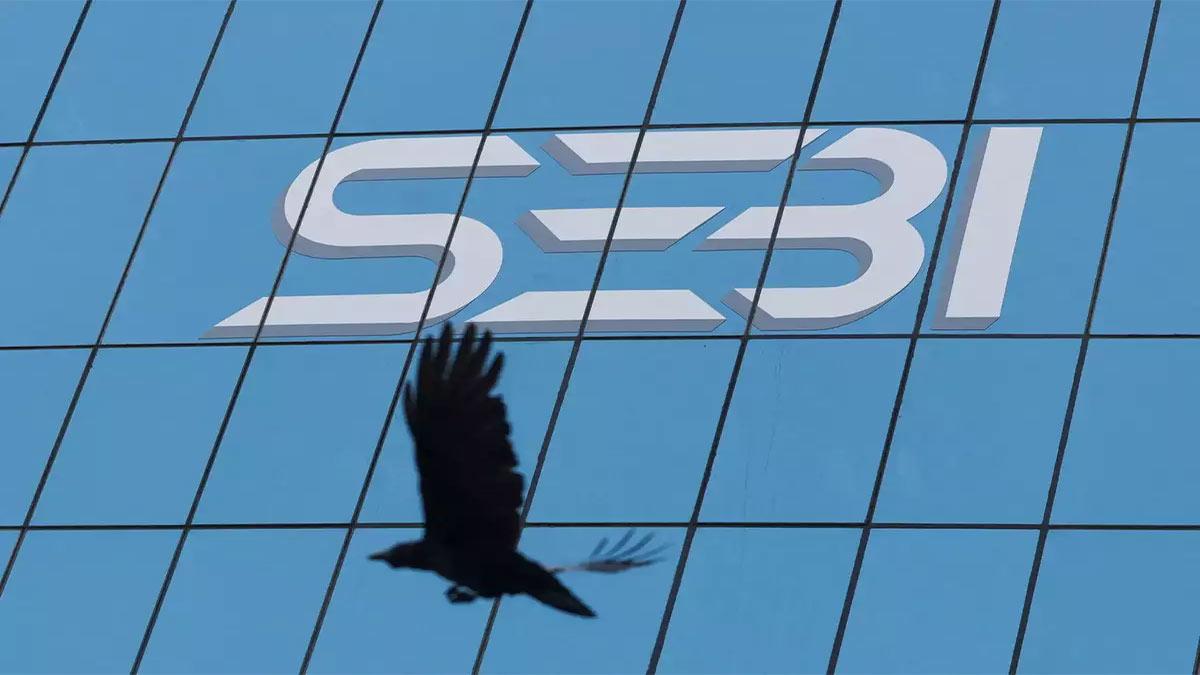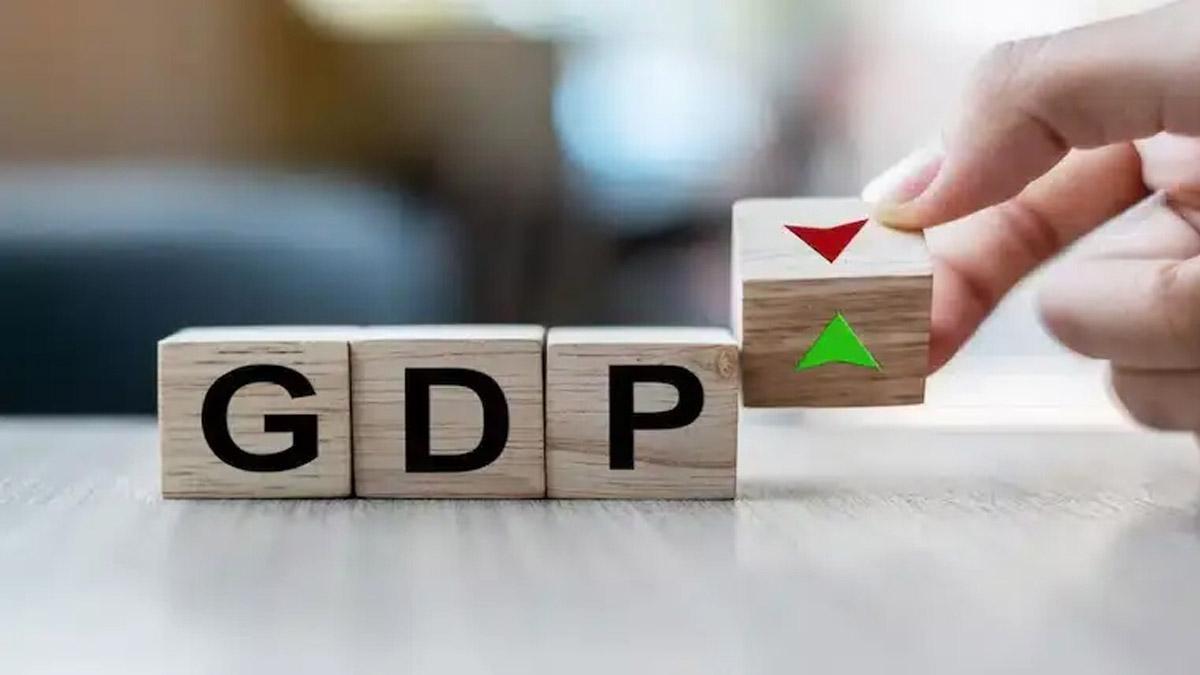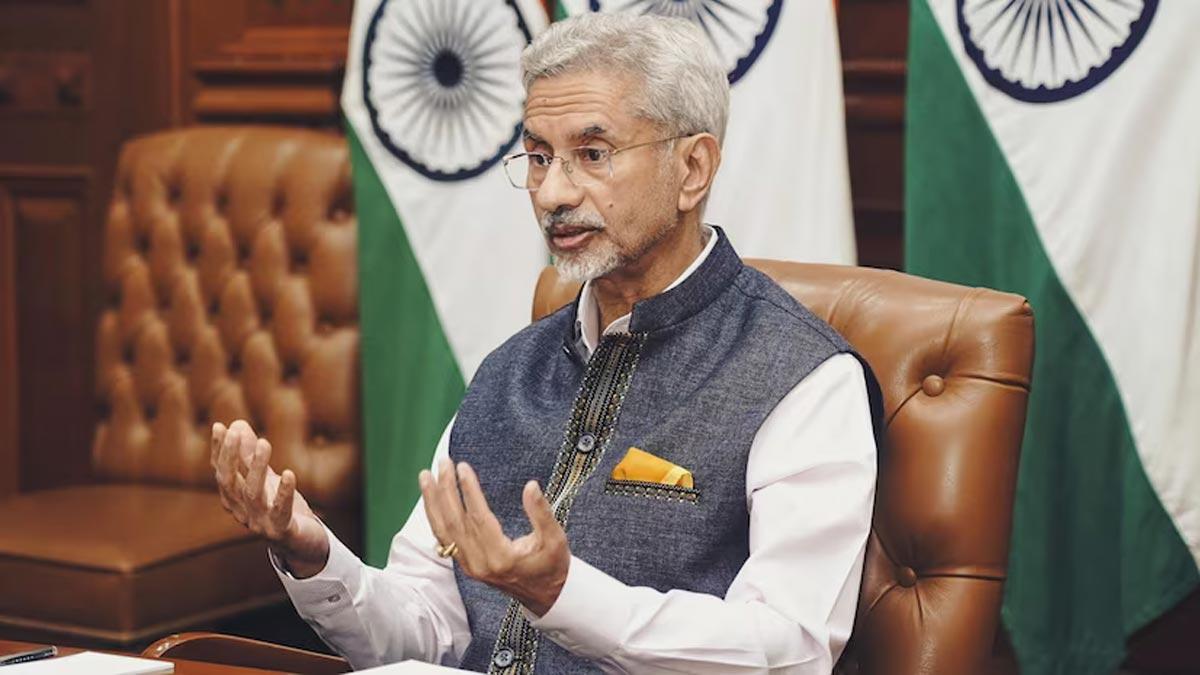India's energy storage capacity is expected to shoot up 12-fold to around 60 GW by 2031-32 which would play a key role in stabilising the power grid as the country transitions to renewable energy, according to an SBI Research report.
The country's energy storage landscape is rapidly changing, with the share of renewable energy (RE) projects integrating storage solutions registering a steep rise from 5 per cent in FY20 to 23 per cent in FY24, according to the report.
This will be more than the growth expected for renewable energy sources themselves.
There's the likely tripling by 2031-32 in VRE share, destabilising the grid. Again, it's the same conundrum: peak generation mismatches with peak power demand are unavoidable with VRE and more problematic since this mismatch commonly culminates in instable grids, surplus energies generated at peak hours of their own, and non-acceptance of fossil-fuels off these sunny days.
The integration of ESS is pivotal in managing the transition in a stable way. In this regard, the ESS provides a solution by holding excess renewable energy during the high production times and releasing them when demand peaks.
The BESS and PSP are projected to be the leaders in the energy storage market. The BESS, in particular, is expected to become the dominant technology because of its locational flexibility, quick response time, and improvements in technology that further reduce costs, the report notes.
Although PSPs have problems like a long development period and risk of stranded assets, low operational cost and the ability to generate reactive power make them an important tool for grid stability.
The funding potential for the BESS ecosystem is significant with an opportunity of ₹3.5 lakh crore until FY32, fueled by a combination of project-level investments and upstream manufacturing growth, said the report.
Advt
Pumped Storage Projects (PSPs), though facing a slower growth trajectory due to their long gestation periods, are still expected to contribute Rs. 1.2 lakh crore in investment by FY32, it added.
This will help India reduce the dependence on imports and its battery ecosystem. Major players are already investing heavily in both battery manufacturing and component production, with around 120 GWh of cell capacities announced, though more investment will be needed to meet projected demand, highlighted the SBI report.
Currently, 80% of the cost of BESS is attributed to battery cells and associated components, which are primarily sourced from China.
Read also| Upcoming IPOs You Should Watch and Why You Need a Demat Account to Invest
Read also| Sensex Closes Lower Ahead of US Fed Rate Decision, Nifty at 24,198


















